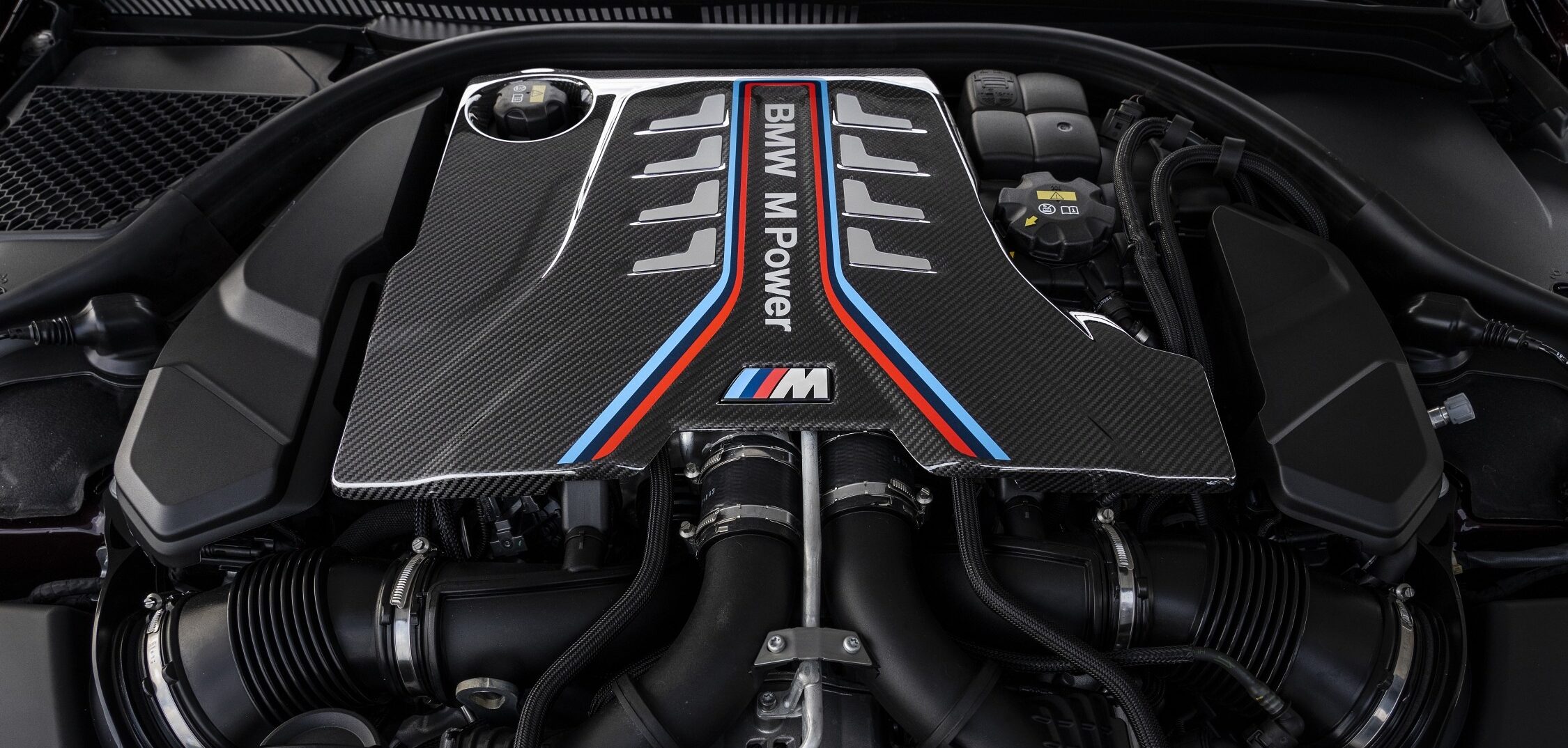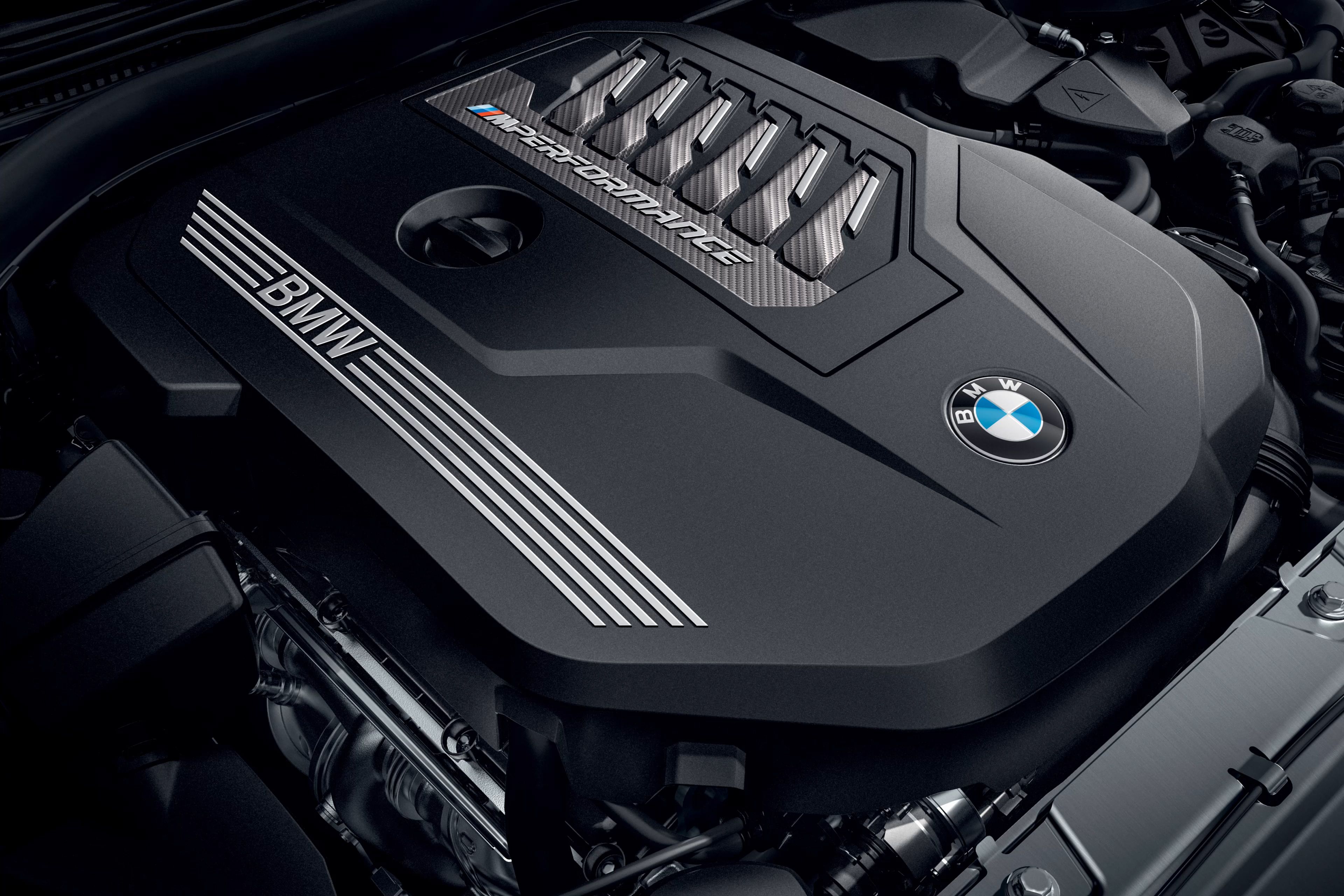A Beginner's Guide to Choosing the Right BMW Engine for Your Needs
A Beginner's Guide to Choosing the Right BMW Engine for Your Needs
Blog Article
Discovering the Advancement of Burning Engines in Modern Transport Equipments
As we navigate the landscape of contemporary transport, the development of burning engines stands as a testament to human ingenuity and design prowess. The interaction of history, innovation, and environmental worries in forming the trajectory of combustion engines develops a story that is both insightful and engaging.
Early Beginnings of Combustion Engines
Just how did the idea of burning engines very first emerge in the beginning of transport advancement? The origins of combustion engines can be mapped back to the 17th century when the principles of inner combustion were initial checked out. In 1673, Christian Huygens conceptualized a standard internal burning engine that used gunpowder to produce power. However, it had not been till the late 19th century that functional applications of burning engines in transport began to arise.
The breakthrough moment featured the invention of the very first effective gasoline-powered engine by Karl Benz in 1885 - bmw engine. This engine led the way for the advancement of the modern auto, transforming transport systems worldwide. Succeeding innovations by Nikolaus Otto and Gottlieb Daimler even more improved burning engine technology, leading to the automation of cars and the quick expansion of the transportation industry
These very early burning engines were identified by their simpleness and performance, laying the structure for the facility and effective engines utilized in contemporary transportation systems. The development of combustion engines has been instrumental in shaping the means we travel and deliver items, marking a substantial turning point in the history of transportation development.
Transition to Internal Combustion Innovation
The transition to internal burning modern technology noted an essential shift in the evolution of transport systems. This change started in the late 19th century, with developers like Nikolaus Otto and Gottlieb Daimler creating the very first successful inner combustion engines. These engines transformed transport by using a much more powerful and effective option to steam engines and electrical motors.
One of the vital advantages of internal burning engines was their capability to be reduced to fit right into vehicles, bring about the development of vehicles and motorcycles. This change from large, fixed engines to small, mobile ones led the way for the contemporary transportation systems we see today.
The change to internal burning technology likewise spurred improvements in fuel innovation, leading to the advancement of gas and diesel as primary gas resources for cars. This change not only made transportation extra easily accessible to the masses yet likewise laid the structure for the oil and gas industry to end up being integral to international economic situations.
Effect of Combustion Engines on Transportation
The fostering of burning engines in transportation systems catalyzed a profound change in the efficiency and speed of international mobility. Combustion engines reinvented transport by offering a versatile and trustworthy resource of power for various cars, consisting of autos, airplanes, vehicles, and ships. This technology dramatically improved the capability for goods and people to conform long distances in shorter time frameworks, causing boosted connection in between areas and countries.
Moreover, the widespread use combustion engines has had a considerable influence on economic development. The ability to transfer goods efficiently has actually stimulated profession and business, enabling companies to broaden their markets and reach consumers worldwide. This has actually promoted financial growth and globalization, as products can currently be transferred quicker and in bigger amounts than ever in the past.
Nonetheless, the environmental impact of combustion engines can not be forgotten. The burning of fossil fuels has brought about air pollution and greenhouse gas discharges, contributing to climate my explanation adjustment and presenting health and wellness risks to populaces. bmw engine. As an outcome, there is a growing emphasis on establishing alternative propulsion modern technologies to alleviate these unfavorable effects and develop a much more lasting future for transportation
Innovations in Burning Engine Style
Many improvements in combustion engine layout have propelled the advancement of transportation systems over the years. One noteworthy innovation is the growth of turbocharged engines, which use exhaust gases to drive a generator that compresses inbound air, enabling even more fuel to be scorched, resulting in boosted power output without a considerable increase in engine size. In addition, direct injection modern technology has enhanced gas effectiveness and efficiency by precisely managing the quantity and timing of fuel injected right into the combustion chamber. Variable valve timing systems have actually additionally transformed engine layout by optimizing air blog flow at various engine speeds, improving both power and performance. Another considerable development is the combination of lightweight materials such as carbon fiber and aluminum alloys, reducing general engine weight and boosting vehicle fuel economic climate. Furthermore, developments in computer-aided style have actually enabled engineers to enhance engine performance and effectiveness via simulations prior to physical models are built, saving time and resources in the advancement procedure. These developments collectively add to the constant enhancement of combustion engines in contemporary transportation systems.
Future Patterns in Combustion Engine Growth
With innovation advancements driving constant innovation, the future of burning engine growth is poised to change transportation systems internationally. One of the key patterns in burning engine development is the push in the direction of greater effectiveness and lowered emissions.
One more noticeable trend is the adoption of hybrid technologies in combustion engines. Crossbreed engines incorporate standard burning technology with electric power, using boosted fuel efficiency and reduced exhausts. As the auto industry shifts towards electrification, crossbreed burning engines are seen as a transitional service that connects the space in between standard vehicles and fully electric ones.
Additionally, the combination of clever modern technologies, such as artificial intelligence and data analytics, is expected to play a considerable function in the future of combustion engine advancement. These innovations can enhance engine efficiency in real-time, resulting in a lot more effective burning processes and improved general automobile performance. Accepting these future patterns will not only drive innovation in combustion engine development yet additionally add to a much more lasting and ecologically friendly transport ecological community.

Conclusion
In final thought, the advancement of combustion engines in modern transportation image source systems has been marked by considerable developments in innovation and style. From the very early beginnings of combustion engines to the shift to interior combustion modern technology, these engines have had a profound influence on transport. Technologies in burning engine layout proceed to drive progression in this area, with future patterns focusing on further improving efficiency and reducing emissions. The future of combustion engines in transport looks encouraging as r & d efforts continue to press borders.
The roots of burning engines can be mapped back to the 17th century when the principles of inner combustion were first discovered. These engines reinvented transportation by supplying a much more powerful and reliable alternative to steam engines and electric motors.

Report this page